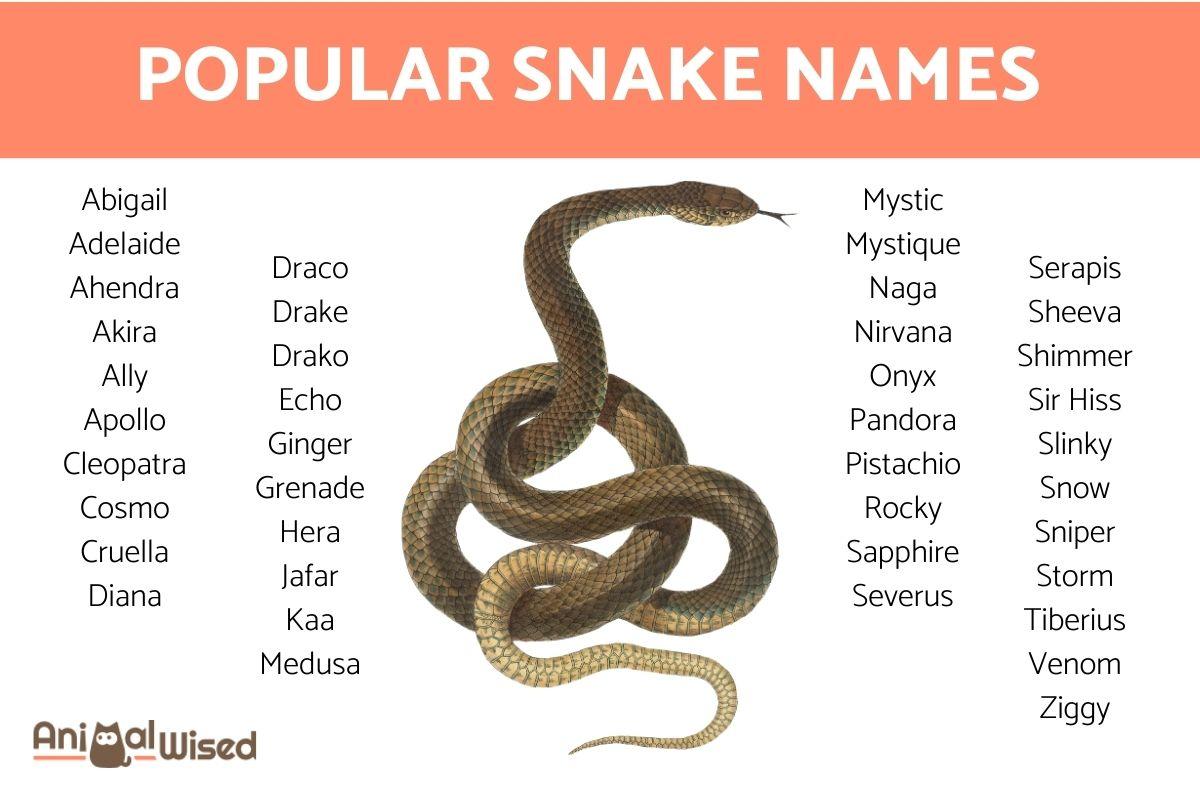Exploring Mythical Female Snake Names
Throughout history, mythical creatures have captivated our imaginations, and female serpents are no exception. The allure of snakes has inspired countless tales across cultures, often embodying dualities of wisdom and danger. From ancient mythology to modern fantasy, these legendary beings have been given names that evoke their mysterious and powerful nature. In this article, we delve into the realm of mythical female snake names, exploring their origins, meanings, and the stories behind them.
Snakes in mythology often symbolize transformation, fertility, and the balance between creation and destruction. Female snakes, in particular, are frequently associated with themes of femininity, power, and deceit. Their names carry a weight of history and significance, reflecting the cultures and beliefs from which they arise. As we journey through various mythologies, we will uncover some of the most fascinating names attributed to these serpentine beings.
As we explore the rich tapestry of mythical female snake names, we will also examine the characteristics that make these names compelling. Each name tells a story, whether it be one of a goddess, a guardian, or a creature of chaos. Join us as we unravel the mysteries surrounding these enchanting names and the legends that accompany them.
What Are Some Notable Mythical Female Snake Names?
When it comes to mythical female snake names, several stand out due to their intriguing backgrounds and associations. Here are some notable examples:
- Medusa: Perhaps the most famous of all mythical female snakes, Medusa is a Gorgon from Greek mythology. Known for her hair of living snakes, she could turn anyone who looked at her into stone.
- Leviathan: In some interpretations, this monstrous sea serpent is depicted as a female entity, symbolizing chaos and the primordial forces of nature.
- Jörmungandr: While traditionally male, some adaptations of Norse mythology depict Jörmungandr as a female serpent. This Midgard Serpent encircles the Earth, representing the cyclical nature of life.
- Amaterasu: In Shinto mythology, Amaterasu is not a snake herself but is often associated with the serpent as a symbol of renewal and rebirth.
How Do These Names Reflect Their Cultural Significance?
Mythical female snake names often carry deep cultural significance. For instance, Medusa's name not only evokes her terrifying power but also serves as a representation of female rage and victimization. In many cultures, snakes are revered as symbols of fertility and renewal. The names given to these mythical beings reflect the values and beliefs of the societies that created them.
What Traits Are Commonly Associated with Mythical Female Snakes?
Mythical female snakes often embody a range of traits that reflect their complex nature. Common characteristics include:
- Wisdom: Many female serpents are depicted as wise beings, often serving as guides or protectors.
- Deception: The ability to seduce and deceive is a recurring theme, highlighting the duality of beauty and danger.
- Transformation: Snakes shed their skin, symbolizing rebirth and transformation, a trait often linked to female serpentine figures.
- Feminine Power: These beings often represent a potent force of femininity, embodying strength and resilience.
Are There Regional Variations of Mythical Female Snake Names?
Indeed, variations exist across different cultures and regions. For example, in Hindu mythology, Nagas are serpentine beings that can take on female forms, often depicted as beautiful women with snake-like features. In Chinese mythology, the Bai Ze is a serpent-like creature with a human head known for its wisdom.
What Can We Learn from the Stories Behind These Names?
The stories surrounding mythical female snake names often convey important life lessons. They explore themes such as the balance of power, the consequences of vengeance, and the complexities of identity. These narratives serve as cautionary tales, reminding us of the multifaceted nature of existence.
How Have These Names Influenced Modern Culture?
Mythical female snake names have left an indelible mark on modern culture, inspiring literature, film, and art. Characters like Medusa have become symbols of female empowerment and rage, reshaping perceptions of femininity. Contemporary works continue to draw upon these ancient tales, infusing them with new meaning and relevance.
Conclusion: Why Mythical Female Snake Names Endure
Mythical female snake names continue to resonate due to their rich symbolism and the powerful stories they tell. These names encapsulate the complexities of femininity, power, and the dual nature of life. As we continue to explore these enchanting legends, we uncover the timeless truths that connect us to our ancestors and their beliefs.



ncG1vNJzZmivp6x7s7HBnqOrmZ6YtbjFzmeaqKVfnru0tcahq6xnna7BqbXCmqNmnpWirq2xjKylmqOVYruiucSsZaGsnaE%3D